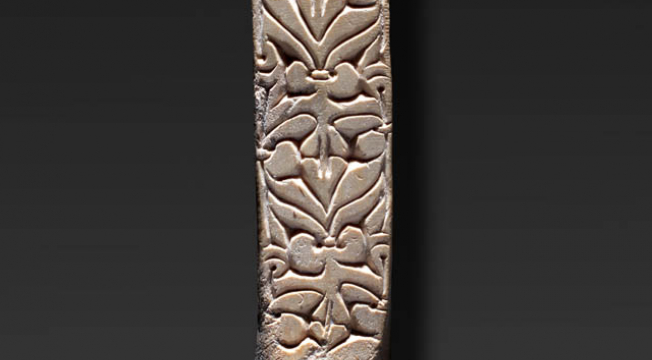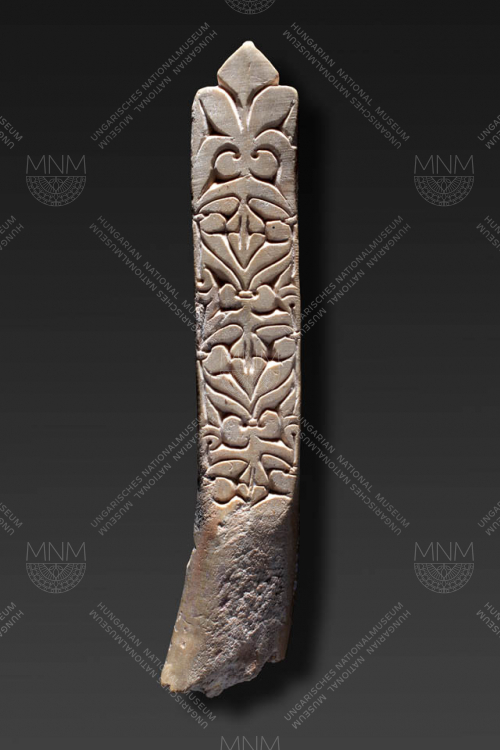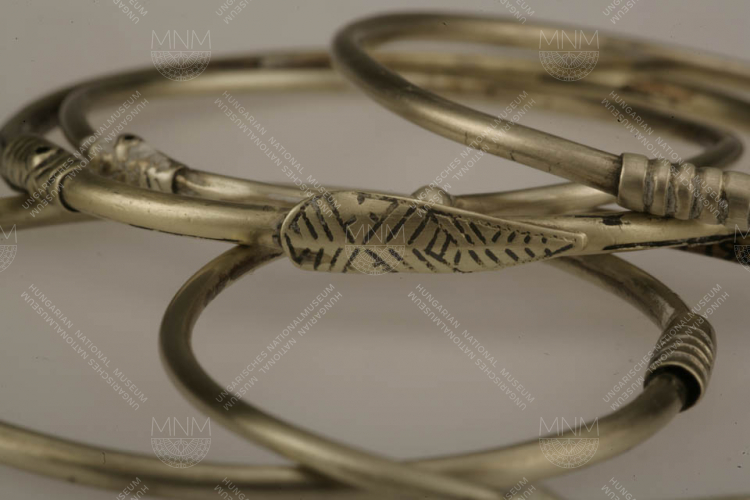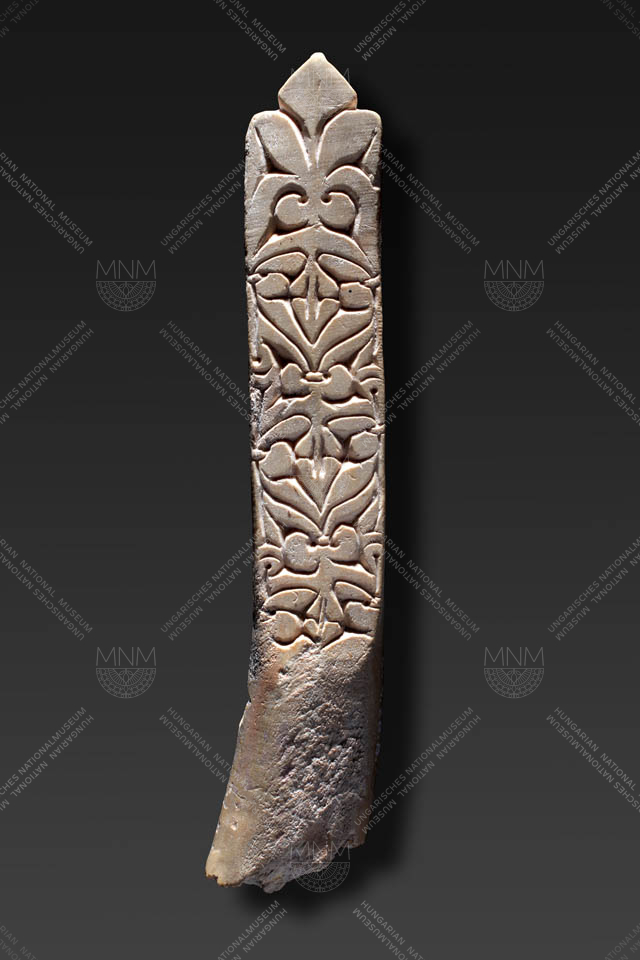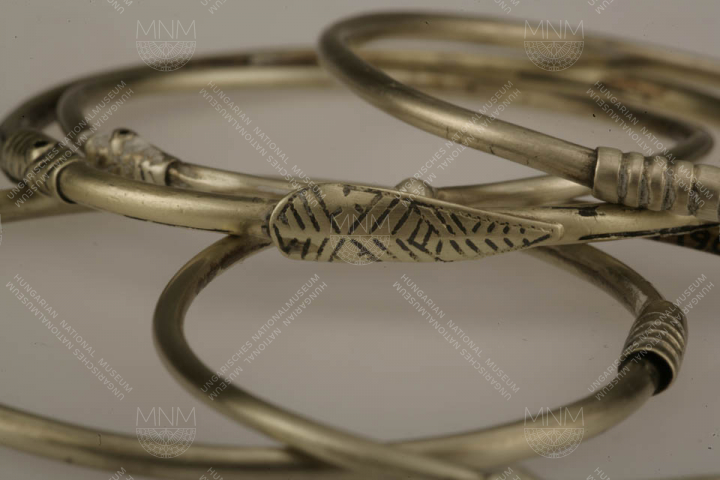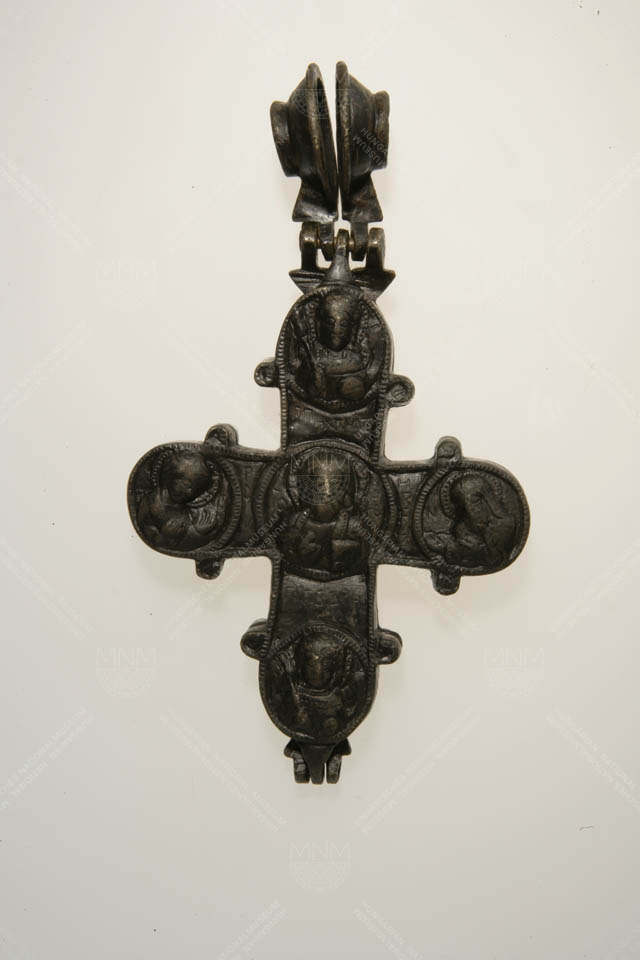
Consisting of more than 14,000 pieces, this Collection achieved separate status in 1953. Earlier on, jewellery and liturgical artefacts (processional and altar crosses, reliquaries, mountings for books and small boxes, candlesticks) of art historical significance had come to the Museum for the most part by chance (as donations or purchases). From the 1950s, systematically performed archaeological excavations became the most important means for expanding the Collection’s holdings. At around the same time, the attention of researchers turned towards the material culture of villages during the Arpadian period. Material relics recovered during village excavations form the backbone of the Arpadian Collection. These village finds are supplemented by material recovered during excavations of early centres, castles of ispáns (heads of counties), and castles of private landholders. In the collection, clay artefacts used often in everyday life (pots, cauldrons, flasks, dishes) are in the majority. Items indicative of the way of life at this time, e.g. agricultural implements, tools, and artefacts required for weaving and spinning, fishing and hunting, and animal husbandry, are rarer finds. Aside from some minor assemblages, the Collection so far lacks finds from burials which permit conclusions regarding attire in this period.









